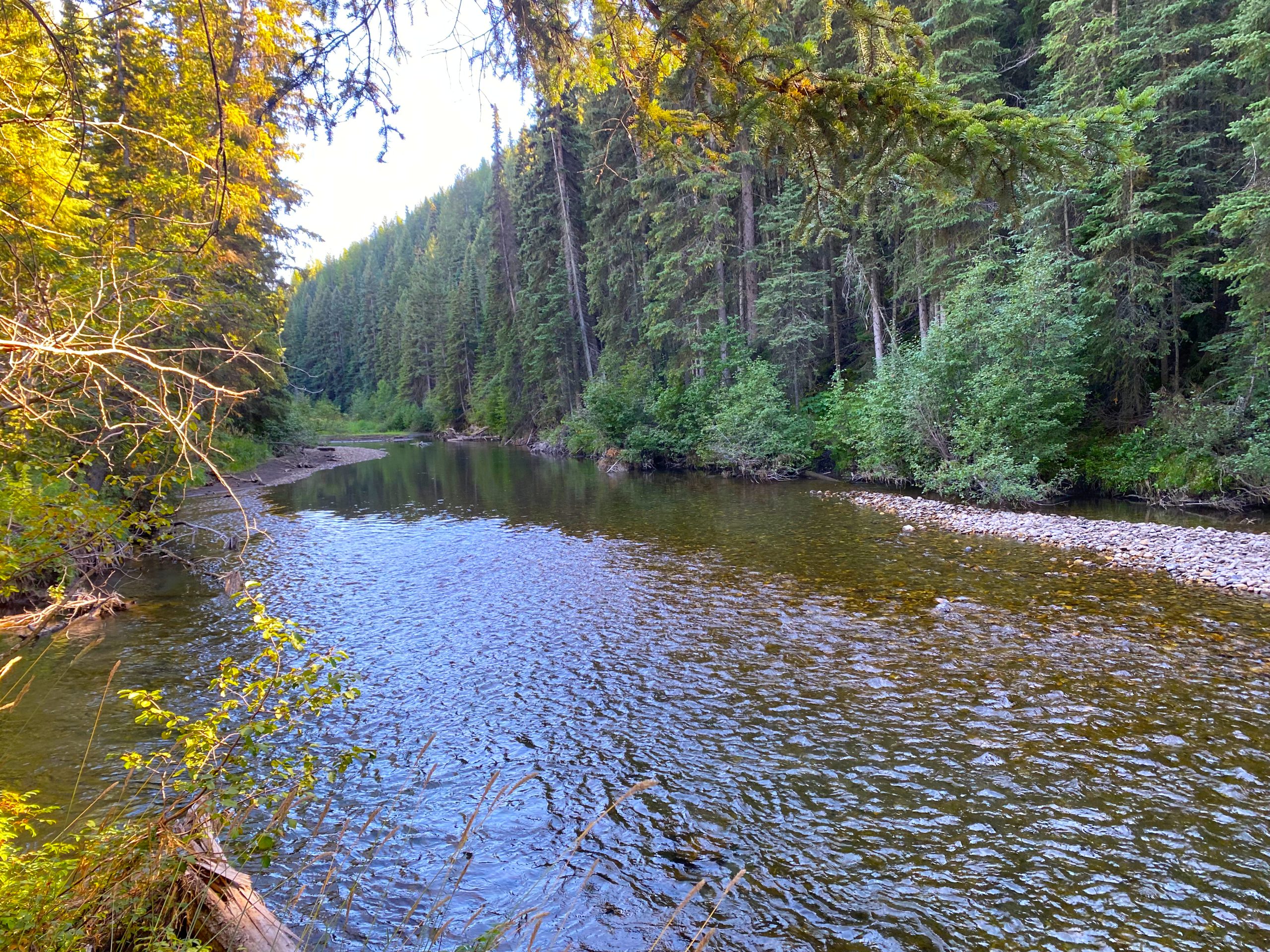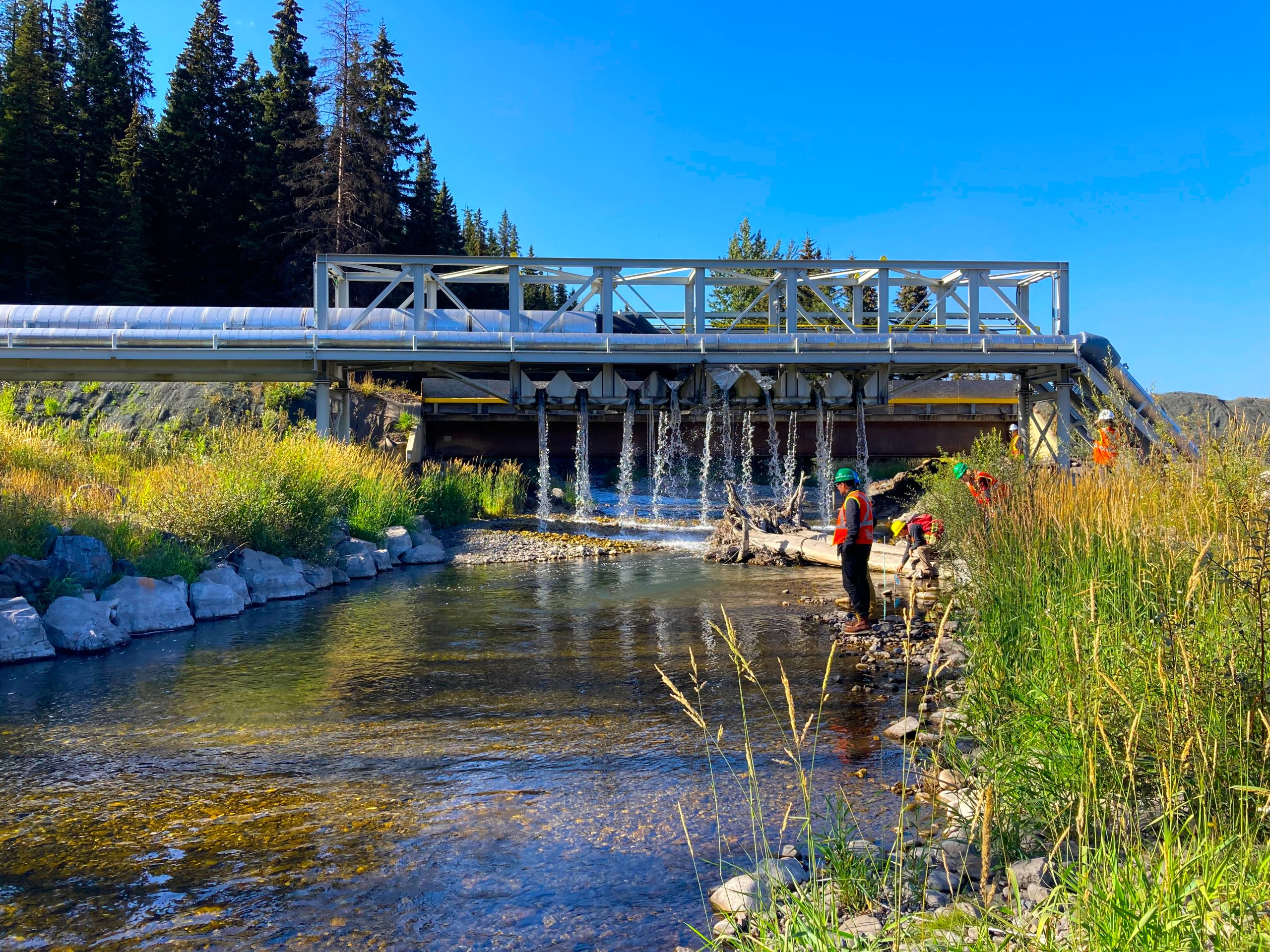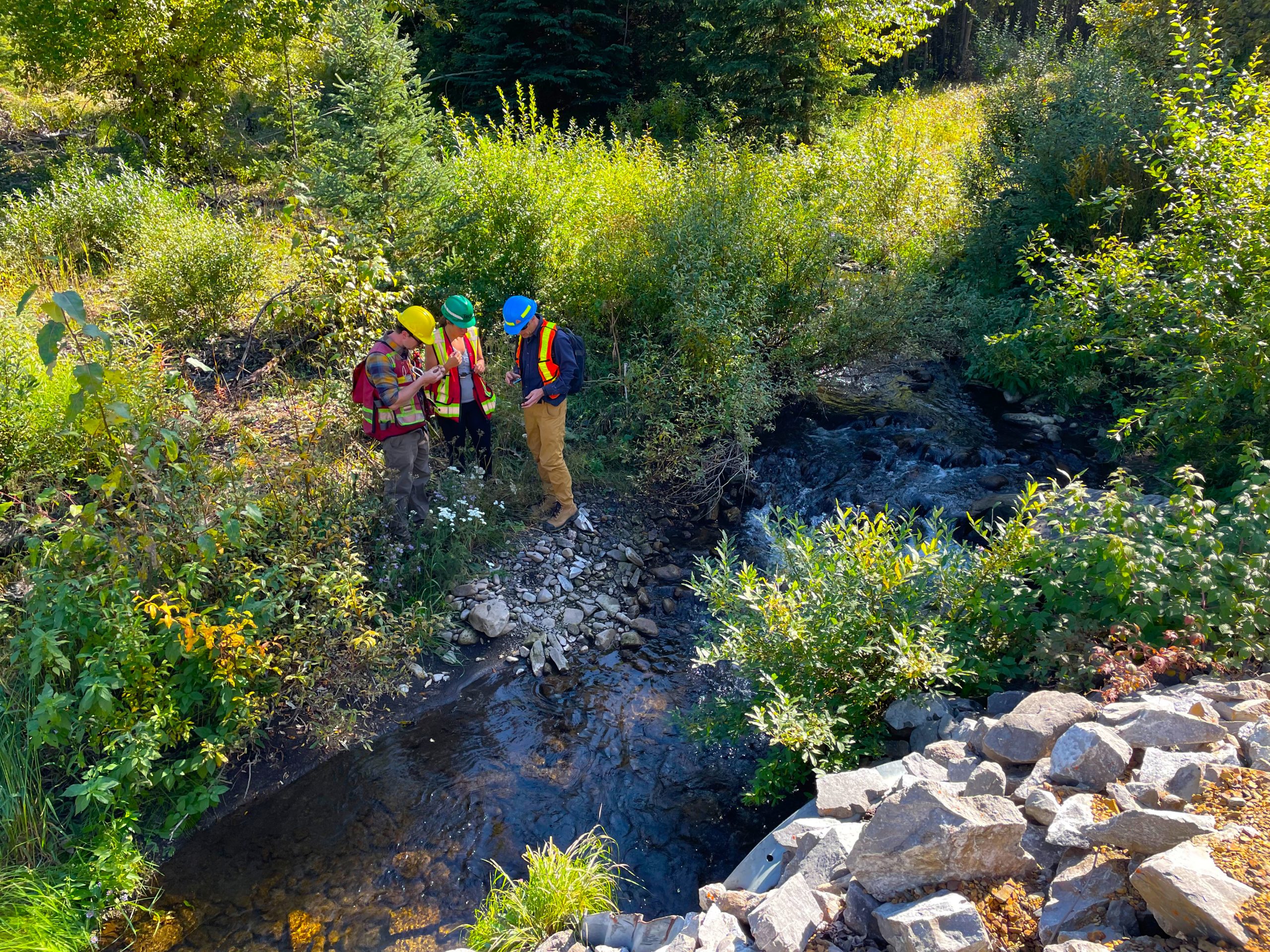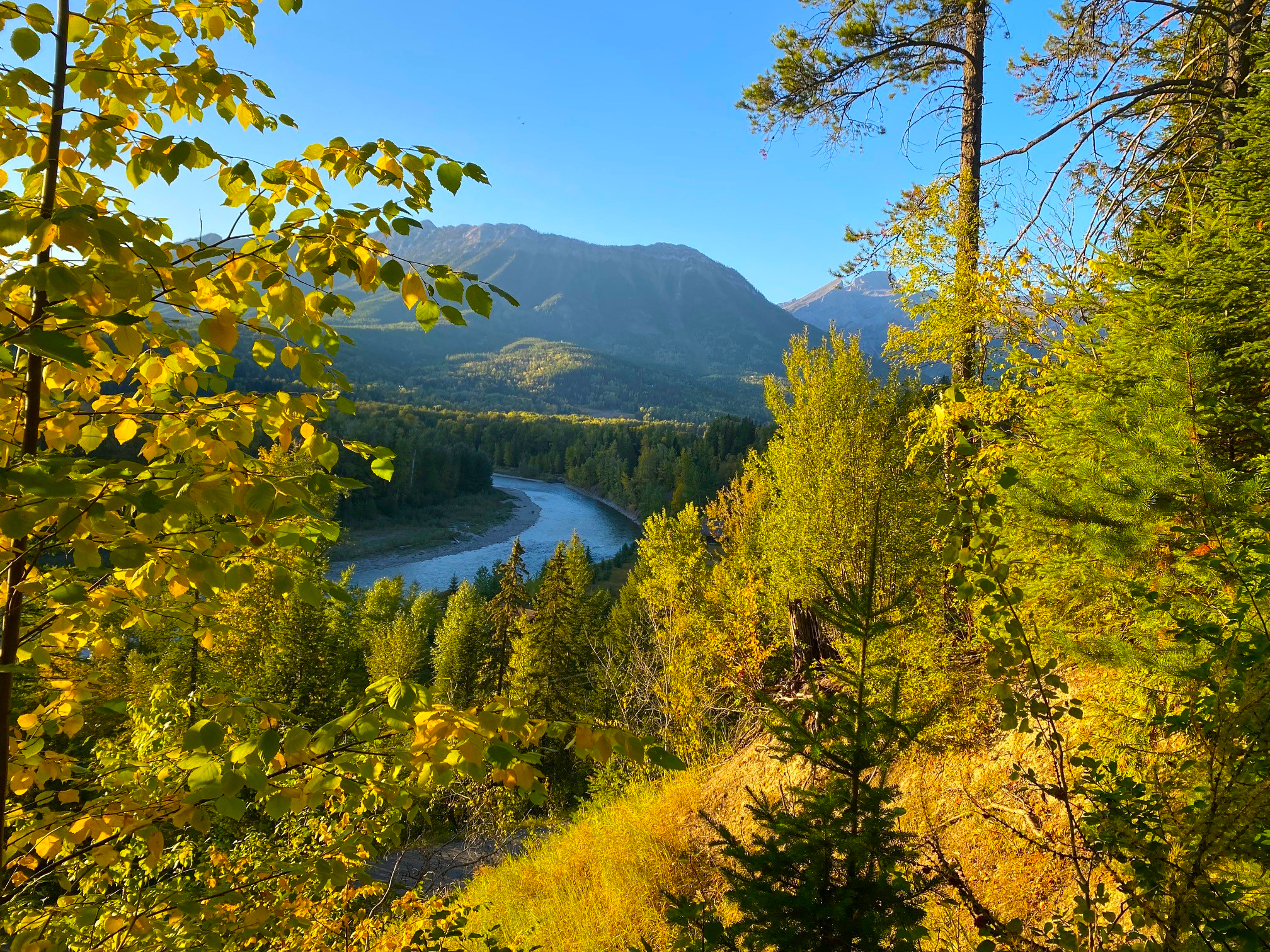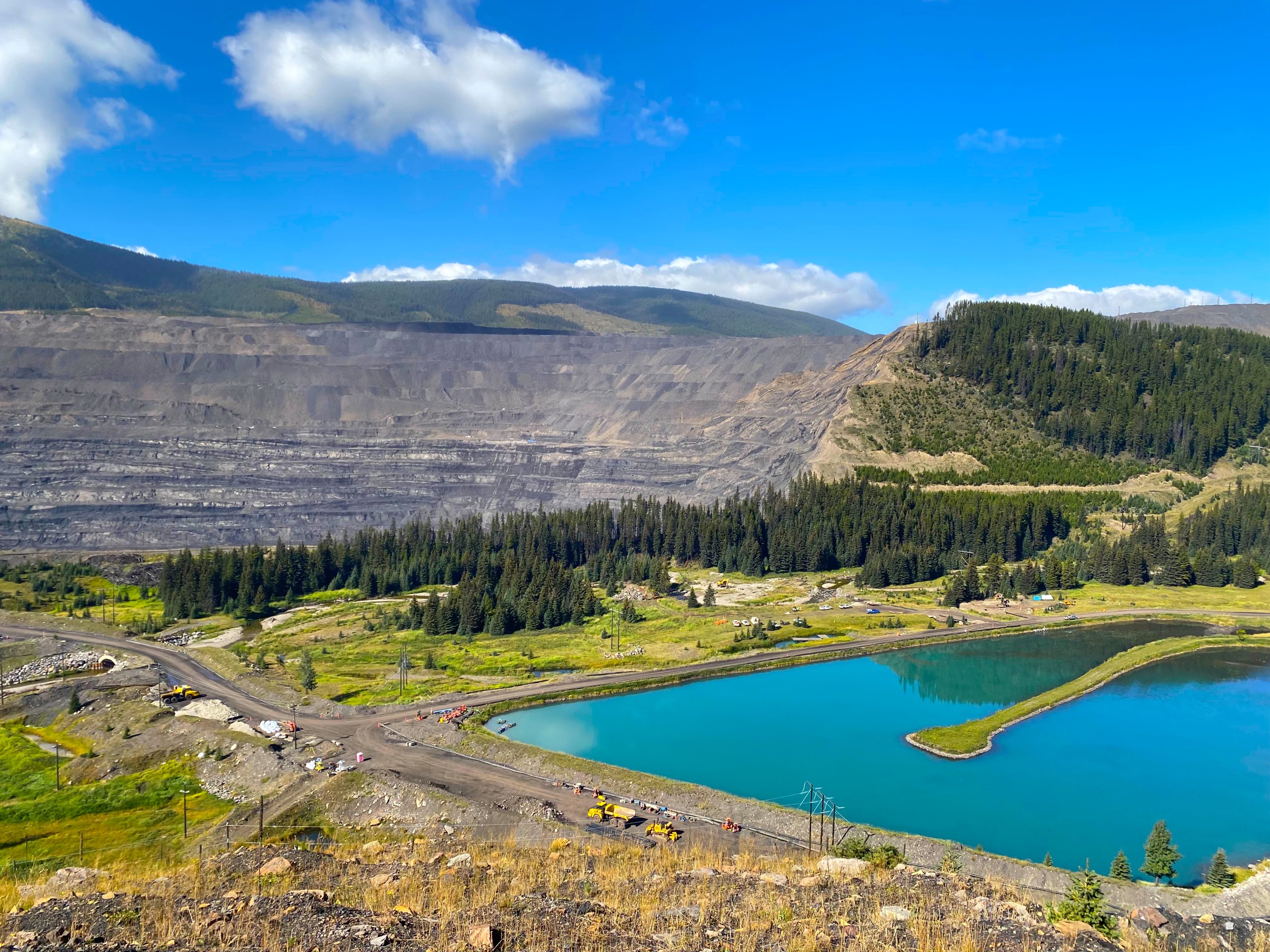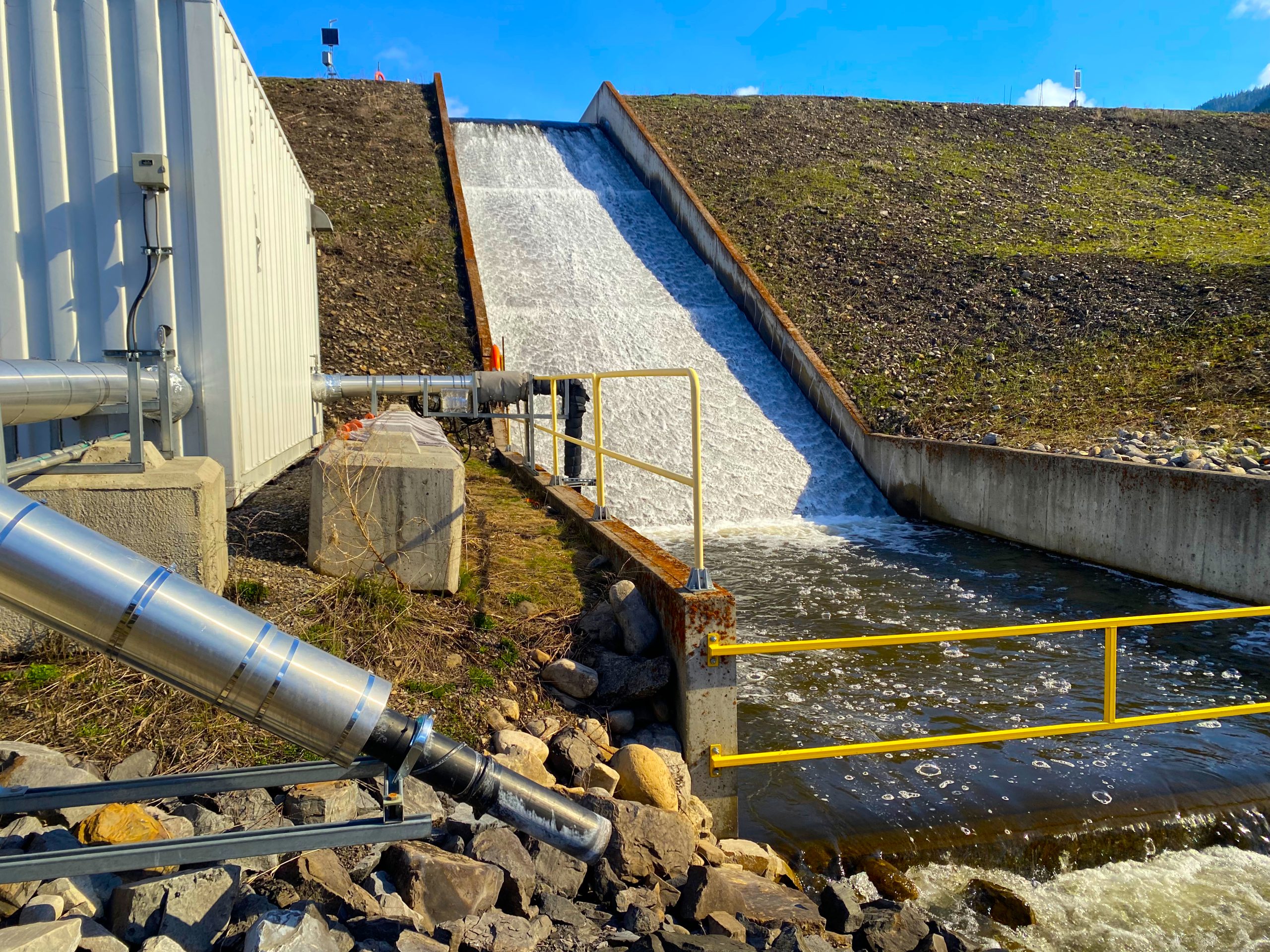On this page
Authorizations are required in each phase of mine development. At least 3 significant authorizations are needed for all major mines in B.C.:
- Environmental Assessment Certificates
- Issued by the B.C. Environmental Assessment Office (EAO)
- Mines Act Permits
- Issued by the B.C. Ministry of Energy, Mines and Low Carbon Innovation (EMLI)
- Environmental Management Act Permits
- Issued by the B.C. Ministry of Environment and Climate Change Strategy (ENV)
Phases of mine development
Exploration
A mining company assesses if there are minerals on the land and their potential value. Exploration permits are often required at this stage. EMLI authorizes these activities.
Planning and environmental assessment
The company looks at design. Major mines in B.C. must undergo an Environmental Assessment Review, which is coordinated by the EAO. The EAO assesses potential impacts and how to handle them. If the project is approved, the EAO issues an Environmental Assessment Certificate and the project moves into permitting with other B.C. ministries.
Initial permitting
A major mine typically requires permits under:
A major mine typically requires permits under:
- The Mines Act
- The Environmental Management Act
- The Water Sustainability Act
Other permits may be needed on a case-by-case basis.
Permit applications must have assessment reports prepared by qualified professionals. Applications are reviewed by a Mine Review Committee that includes provincial agency staff and local Indigenous Nations.
Permits set the legal requirements for how a company will construct, operate and close the mine site. Financial security, such as bonds, are also collected by the government to ensure the province will not have liabilities once mining is complete.
Construction and operations
Permit conditions must be met and are amended if there are major changes. Permit conditions under the Environmental Management Act (EMA) are evaluated through monitoring programs. Monitoring programs make sure that the local environment surrounding the mine is not being harmed.
If a mine is not following permit requirements, the province may take compliance and enforcement action.
Mines Act permits also require continuing reclamation.
Care and maintenance
Mines must be maintained if they stop operating, but are not fully closed. Permitted plans ensure the mine does not pose a risk.
Mine closure and reclamation
A site reclamation and closure plan is put in place to shut down the mine. Reclamation is ongoing and completed with mine closure. A security is held by the province until the reclamation is done.
After closing, the owner must finish cleaning up the land according to their permits. They may also have ongoing permit requirements to ensure that water quality is maintained.
Waste discharge and environmental protection
The Ministry of Environment and Climate Change Strategy uses the Environmental Management Act (EMA) and its regulations to protect the environment from pollution. Under EMA, the mining industry is required to hold a site-specific authorization called a Waste Discharge Permit to discharge any waste to the environment.
Wastes authorized under EMA, including:
- Mining-impacted water
- Air emissions
- Solid waste
Waste Discharge Permits set requirements for how mining activities must be carried out to control the generation of waste. They set limits on how much and what kind of waste can be released into the environment.
Permits for the release of wastes from mines usually require:
- Treatment of water that has come into contact with disturbed areas and mine wastes
- Monitoring of water quality on the mine site and in the environment
- Studies and assessments to make sure the environment is being protected
The EMA permitting process is very comprehensive and is often coordinated with applications for Mines Act Permits.
The B.C. government has technical guidance related to the EMA permitting process.


